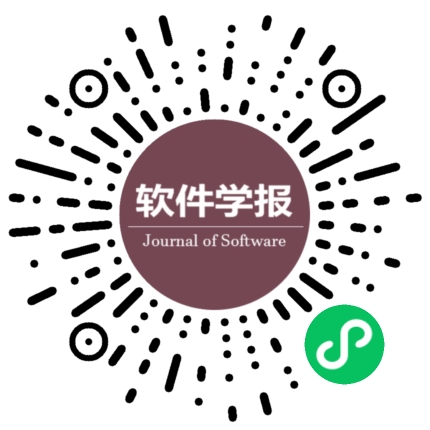缺陷理解研究:现状、问题与发展
作者:
作者单位:
作者简介:
李晓卓(1992-),女,北京人,硕士,主要研究领域为程序分析,软件缺陷定位;贺也平(1962-),男,博士,研究员,博士生导师,主要研究领域为系统安全,隐私保护;马恒太(1970-),男,博士,副研究员,主要研究领域为软件安全分析,操作系统安全.
通讯作者:
李晓卓,E-mail:xiaozhuo@nfs.iscas.ac.cn;贺也平,E-mail:yeping@iscas.ac.cn
中图分类号:
TP311
基金项目:
核高基国家科技重大专项(2014ZX01029101-002);中国科学院战略性先导科技专项(XDA-Y01-01)
Defect Comprehension Research: Present, Problem and Prospect
Author:
Affiliation:
Fund Project:
CHB National Science and Technology Major Project of China (2014ZX01029101-002); Strategic PriorityResearch Program of Chinese Academy of Sciences (XDA-Y01-01)
引用本文
李晓卓,贺也平,马恒太.缺陷理解研究:现状、问题与发展.软件学报,2020,31(1):20-46
复制相关视频
分享
文章指标
- 点击次数:
- 下载次数:
- HTML阅读次数:
历史
- 收稿日期:2019-03-20
- 最后修改日期:2019-07-21
- 录用日期:
- 在线发布日期: 2019-11-07
- 出版日期: 2020-01-06
文章二维码

您是第位访问者
版权所有:中国科学院软件研究所 京ICP备05046678号-3
地址:北京市海淀区中关村南四街4号,邮政编码:100190
电话:010-62562563 传真:010-62562533 Email:jos@iscas.ac.cn
技术支持:北京勤云科技发展有限公司
版权所有:中国科学院软件研究所 京ICP备05046678号-3
地址:北京市海淀区中关村南四街4号,邮政编码:100190
电话:010-62562563 传真:010-62562533 Email:jos@iscas.ac.cn
技术支持:北京勤云科技发展有限公司



